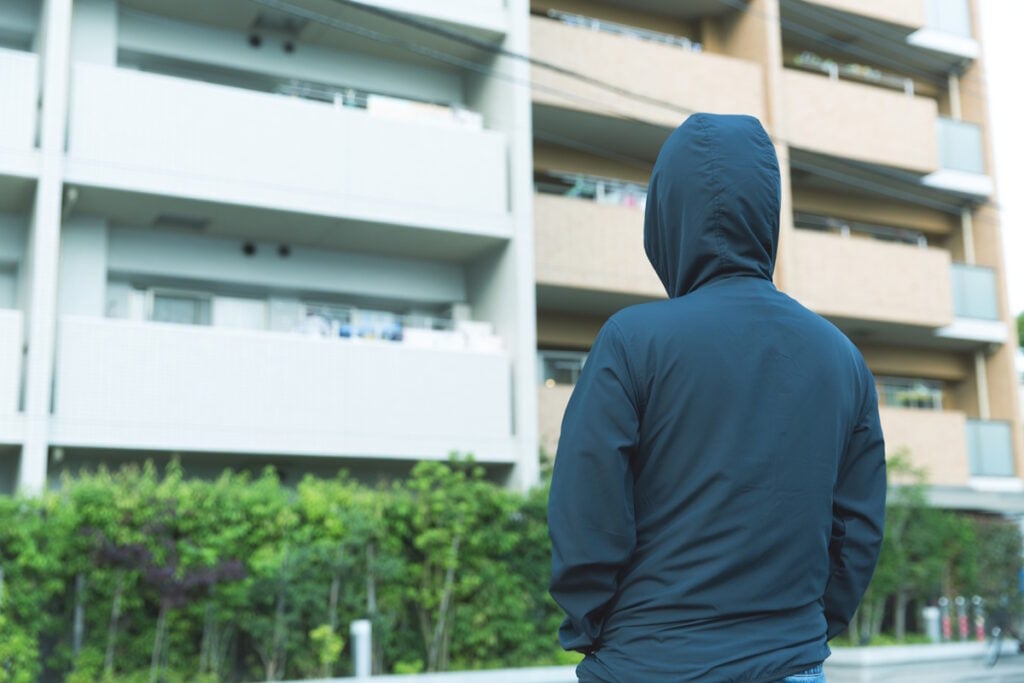One of the under-discussed effects of Japan’s declining and aging population is the impact it’s having on Japan’s traditional arts and culture. As the country grows older and smaller, many traditions that have existed for hundreds of years – or longer – are in danger of extinction.
Japan’s traditional festivals (祭; matsuri) are feeling the pinch as well. As a result, some are doing something that was once unthinkable: they’re letting women participate.
Historically, customs in Japan have forbidden women from participating in various religious ceremonies and even occupations – a custom known in Japanese as nyonin kinsei (女人禁制). Women have traditionally been kept out of ceremonies and festivals connected to Japan’s native religion of Shinto on the ground that having periods and childbirth represented “impurities.”
The practice has applied, not just to religious celebrations, but even occupations. Women were barred for centuries from hunting and fishing, which were considered men’s work. Many were also barred from helping in construction work on areas such as tunnels due to the belief it’d make the goddess dwelling in the area “jealous.” (That’s the same reason many say that couples shouldn’t ride the swans in Inokashira Park.)
The practice also applies to Japan’s traditional sport of sumo. In 2018, a controversy broke out when a sumo announcer angrily demanded a woman leave the ring during a match. The woman was a registered nurse who was aiding a wrestler who’d collapsed due to a subarachnoid hemorrhage.
It’s becoming harder to stick to this sexism, however, as Japan’s population withers and dies. A combination of an aging population, combined with a flight from the countryside to cities, means it’s getting harder to keep local religious customs and traditions afloat.
This has heavily impacted Shinto. Data from Japan’s Agency for Cultural Affairs shows that, in nine years, some 668 Shinto shrines have closed.

Okay, the girls can take part too, we guess

It’s also impacting local festivals. And that’s leading some to conclude that maybe this whole boy’s club mentality needs a rethink.
Writing for Yahoo! News JP, journalist Midori Shinya cites how one festival, the Tohyama Shimotsuki Matsuri, is adapting to the times. The festival in Iida, Nagano Prefecture, traces its origins back over 800 years and consists of multiple elements, including an invitation to the gods, the Yudate (boiling and spraying of sacred water), the use of masks (Omote), and a sending-off and ritualistic dance.
In recent years, the ritual’s struggled to keep operating. There are only 50 households in the area around the shrine, Shohachimangu, that support it. The average household age is 70.
Planning a trip to Japan? Get an authentic, interpreted experience from Unseen Japan Tours and see a side of the country others miss!

"Noah [at Unseen Japan] put together an itinerary that didn’t lock us in and we could travel at our own pace. In Tokyo, he guided us personally on a walking tour. Overall, he made our Japan trip an experience not to forget." - Kate and Simon S., Australia

See a side of Tokyo that other tourists can't. Book a tour with Unseen Japan Tours - we'll tailor your trip to your interests and guide you through experiences usually closed off to non-Japanese speakers.


Want more news and views from Japan? Donate $5/month ($60 one-time donation) to the Unseen Japan Journalism Fund to join Unseen Japan Insider. You'll get our Insider newsletter with more news and deep dives, a chance to get your burning Japan questions answered, and a voice in our future editorial direction.
That’s why chief priest Usami Hideomi, 66, decided to let women like Yuka (24, pseudonym) participate in the proceedings.
“I moved away last year so I can’t participate in the previous night’s ceremony,” she told Midori, “but I’m glad I can partake in [the main festival], even if only for a limited time.”
Usami said he decided to implement the change after learning another festival in Kyushu made the change to keep the tradition alive. He says he got pushback from some in the area.
“But there were also a lot of people in times past who resisted the idea of letting women clean the shrine,” he noted – a reference to the time when miko, Japan’s now-famous Shinto shrine maidens, were banned.
Many other festivals have followed suit in recent years for similar reasons. Even Japan’s notorious “Naked Festivals,” in which men shed down to loincloths (or nothing at all), are changing. The festival at Owari Okunitama Shrine in Aichi Prefecture allowed women for the first time this year. However, it’s only allowing them to participate in the offering ceremony before the main event, the naked fight over the shingi sticks said to bring good fortune.
It’s sad that it’s taken literal population collapse for people to revisit these outdated prejudices. But better late than never.
For more on Japanese festivals, check out our Lesser-Known Festivals of Japan series.
Why this page doesn't look like crap
You may notice a few things about this page. First, it’s mostly content – not ads. Second, this article was written by a human, not a plagiaristic Turing machine.
Unseen Japan is a collective of independent authors. We work hard to keep our content free of intrusive ads and AI slop.
Help us keep it that way. Donate to the Unseen Japan Journalism Fund to support our work. Regular donors will receive Insider, our paid newsletter with weekly bonus content about Japan. Plus, your contribution will help us produce more content like this.
What to read next

1st vs. 118th: On Gender Equality, Japan and Iceland Took Different Roads
The Emperor of Japan asked Iceland’s president a very good question recently: Why is your gender gap so much smaller than ours?

Japanese Police Consider Changing Anti-Stalking Law After Murder
Japan’s National Police Agency (NPA) is considering the change after police in Kawasaki failed to protect a stalking victim.

The Debate Over Women-Only Parking Spaces in Japan
Do women-only parking spaces create a safe space for women? Or do they unnecessarily stereotype female drivers?
